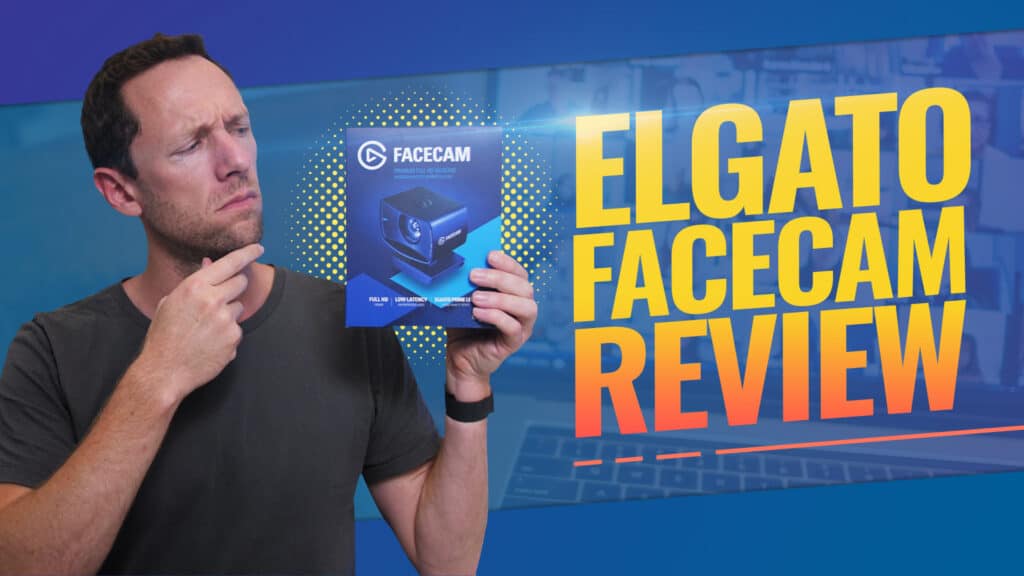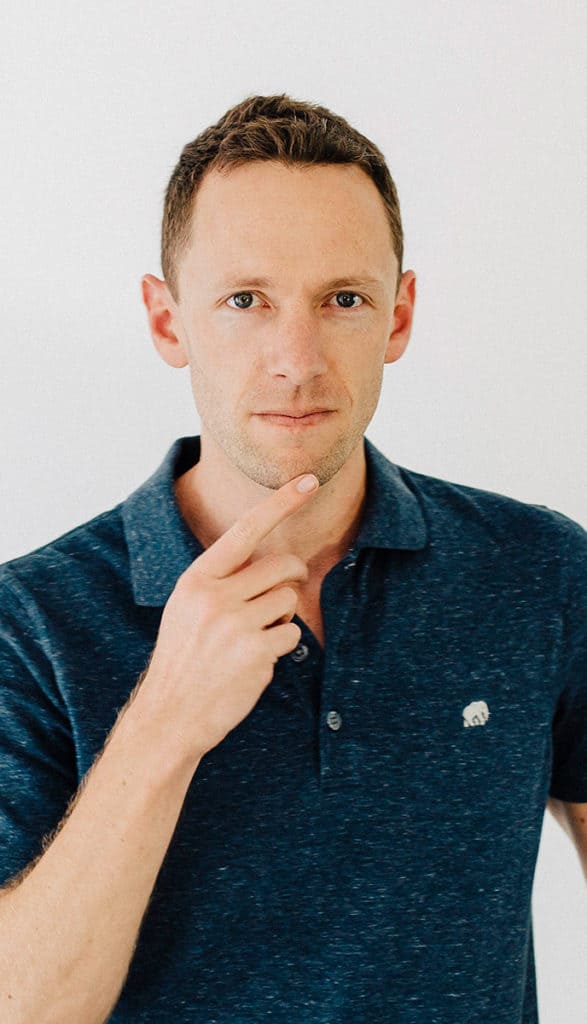Video interviews are an awesome way to create some incredibly powerful content. When they’re done RIGHT they can look so easy to pull-off…
In reality, there’s a lot of things that can go wrong and a lot of ‘gotcha’s’ – simple mistakes that can leave you with footage that you may decide should never see the light of day.
But that’s not going to happen to you!
Important: When available, we use affiliate links and may earn a commission!
By following this simple step-by-step guide, you’ll learn exactly how to shoot an interview.
We’ll cover a ton of interview setup tips to help you nail the lighting, audio, framing AND content in your next interview shoot!
Let’s get started.
Step 1 – Do your Planning & Research
It’s so important to have a plan in place. Think about what questions you’re going to ask and what story you’re going to tell.
If you’re shooting a 2 person interview, your planning will be a bit different to doing a single person interview.
Of course, it’s also important to be flexible and open. You never know where an interview will lead but it could be somewhere good! So let the interview take it’s own path to some degree.
Just don’t get too off topic!
Step 2 – Bring Enough Batteries
This one might sound obvious but it’s so important… Bring enough batteries!
Some of our video interviews have lasted over three hours so you can imagine spare batteries are a necessity.
Step 3 – Confirm Your Location
Be mindful of the lighting in your desired location. Is there natural light? Will it change throughout the shot? Is there background noise or potential causes of background noise?
Try your best to scope out your locations pre-shoot.
Step 4 – Framing Options
There are three different framing types when it comes to video interviews. These are:
- Only one person (the interviewee) on camera
- Two people on camera sitting near each other (the interviewer and interviewee)
- Two people on camera (the interviewer and interviewee) but not in the same shot
An awesome way to increase the quality of your interview is to use two cameras. Now, you’re probably wondering how to shoot an interview with two cameras.
To do this, set up your primary camera with a wider shot. Then use the second camera on a slightly different camera and zoomed in more on the person’s face. When you’re editing you can cut and change between the two angles.
You can also do this using one camera. Simply zoom in at certain points when editing to make it appear like it’s a different shot. It won’t be as high quality but it will still have a great effect.
Step 5 – Choose Your Eyeline Camera
For most interviews, the person being interviewed never looks directly at the camera. They’re usually looking slightly to the left or right of the camera, as if they’re looking at the interviewer.
The only time you want someone to be talking to the camera is when they’re talking directly to the viewers.
You want to make sure your cameras are set just below eye level of whoever you’re interviewing.
Step 6 – Make Your Interviewee Comfortable
If you can get to know your interviewee a bit before the interview – great! This is an awesome chance to build rapport. Don’t worry if you can’t, even a 30 minute chat before the interview is enough to make them more comfortable.
You want to be friendly enough that the person wants to open up with you, so you need to create that connection.
Step 7 – Brief Your Interviewee
Let your interviewee know how the interview will run. For example, you could let them know that the interview will be edited so they can redact any of their statements and any mistakes will be removed. This definitely helps make them more comfortable too!
Step 8 – Sync Your Audio & Video
When you get to the editing stage, you’ll be so glad you remembered to sync your audio and video before the interview! To do this, all you need to do is clap.
Set up the cameras and all your gear and start recording, then clap three times. This will make it so much easier to synchronize everything up in your editing software.
Step 9 – Use Backup Audio
It’s a good idea to have a backup audio source while you’re interviewing. Hopefully it’s not something you’ll ever need to use but it’s great to have in case of emergencies! So, use a secondary microphone wherever possible.
One option for this setup is to use a wireless lapel microphone as your primary audio and then have a shotgun microphone that’s positioned out of shot as a backup.
There you have it! Now you know how to shoot an interview.
It can be tricky business knowing exactly how to interview someone on camera, especially when you’re just starting out. But with these 9 helpful film interview tips you’ll be a pro at video interviews in no time.
Links
When available, we use affiliate links and may earn a commission!
- How to Record Interviews ONLINE (Mac & PC!)
- Best Microphones for Video? (Video Mic Review & Comparison!)
- FREE GUIDE: The Ultimate Video Editing Process
Recommended Gear & Resources
Check out an up-to-date list of all the gear, software & tools we use and recommend right now at Primal Video on our resources page here!







![How to Add Captions to Videos [UPDATED] - Hardcode Subtitles in Instagram Videos!](https://primalvideo.com/wp-content/uploads/2019/04/How-to-Add-Captions-to-Videos-UPDATED-Hardcode-Subtitles-in-Instagram-Videos-1024x576.jpg)


